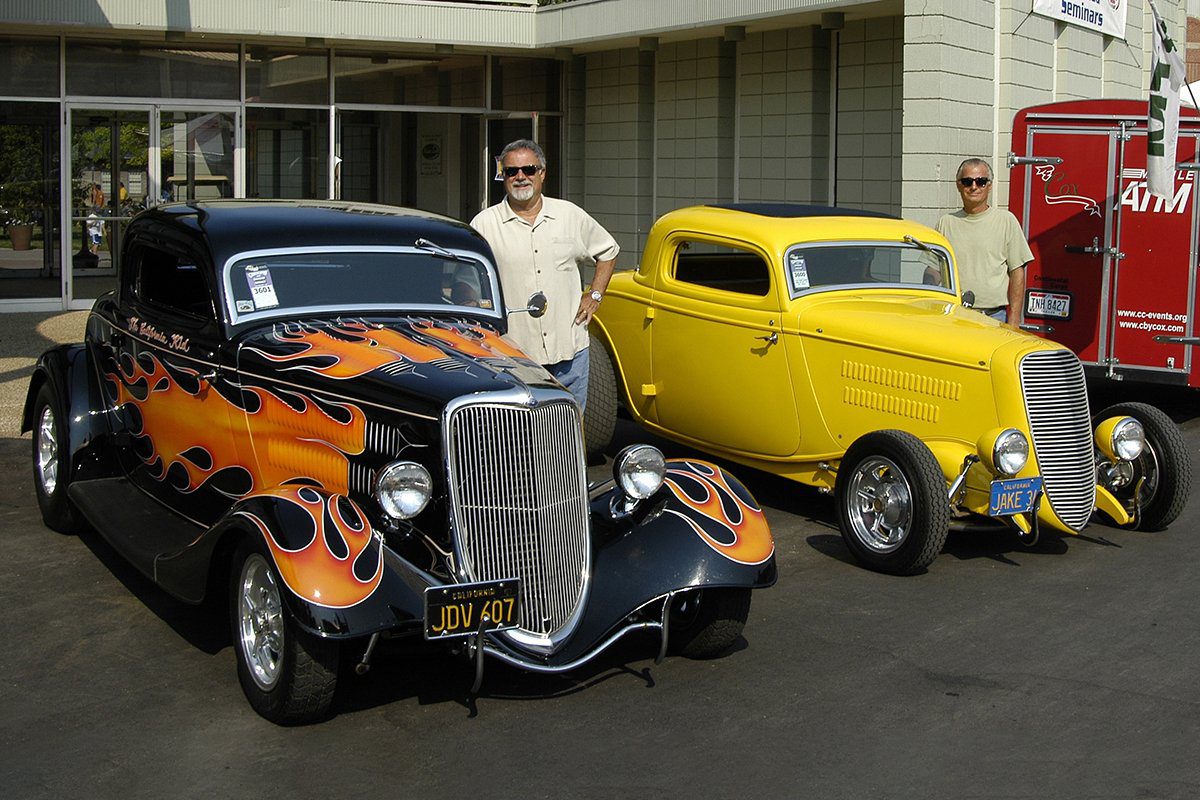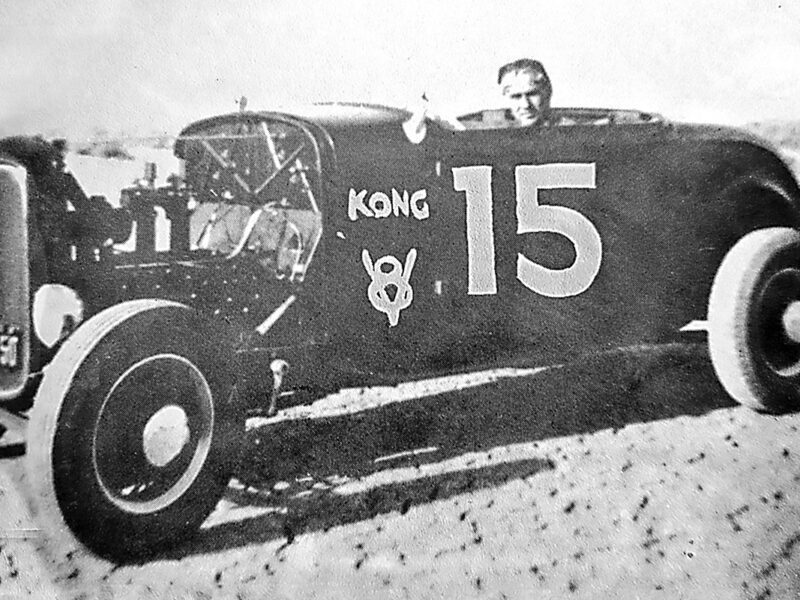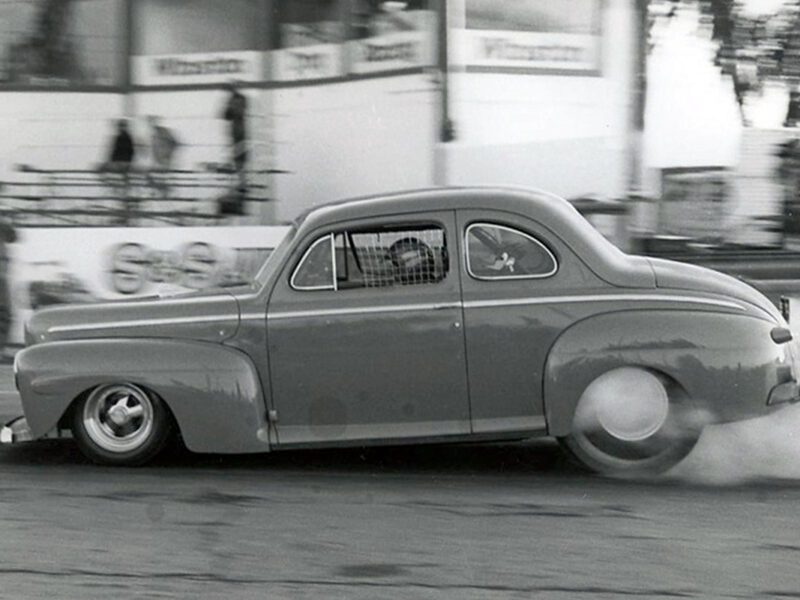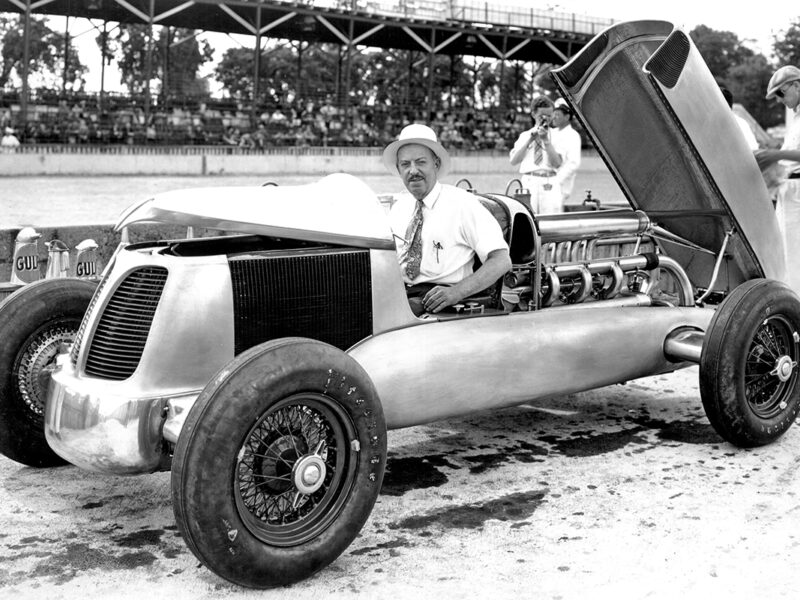Pete Chapouris: Car Crafting Legend, Industry Giant
California Kid. Pierson Coupe. Doane Spencer roadster. Eliminator coupe. HogZZilla Harley. So-Cal lakester. Rides that peg the legend meter and linked by a common thread – the genius of Pete Chapouris. One of hot rodding’s premier talents, Chapouris not only transformed street rod culture, but the performance aftermarket as well.
In retrospect, that Chapouris would flourish in the automotive realm almost seems pre-ordained. Born in 1940, he came of age during in LA’s post-WWII boom. His parents, Doris and Peter, worked for an engine dyno manufacturer. By his teen years, the serenade of rumbling roadsters proved irresistible.
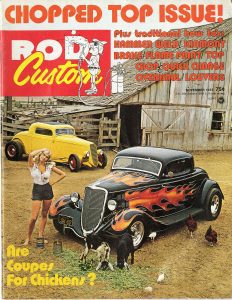 In 1955, at the age of 15, Pete joined his parents at the dyno company, which afford him the opportunity to build his first hot rod, a ’32 roadster. The effort was aided by learning welding at a night class; a part-time gig building dragster frames with M&S Welding followed.
In 1955, at the age of 15, Pete joined his parents at the dyno company, which afford him the opportunity to build his first hot rod, a ’32 roadster. The effort was aided by learning welding at a night class; a part-time gig building dragster frames with M&S Welding followed.
In 1971, Chapouris’ automotive journey picked up speed when he joined the staff at Blair’s Speed Shop, a pivot point of SoCal hot rodding since the 1940s. While at Blair’s, he started construction of his own traditional-style ’34 coupe. Little did he know that coupe would eventually influence Hollywood movies, street rod publishing, and his own future in the industry.
Then serendipity struck. Rod & Custom writer Gray Baskerville introduced Chapouris to Jim “Jake” Jacobs, a retro rodding kindred spirit. He too was putting together a coupe with similar old-school styling. When Baskerville and R&C publisher Tom Medley suggested a cover shoot that featured both cars, they agreed on the spot. The result was the famous 1973 Rod & Custom cover that showcased both cars, a barn, a fetching model, and the headline “Are Coupes for Chickens?”
Not only did the issue fly off the newsstands, it inspired Pete and Jake to launch Pete & Jake’s Hot Rod Parts, dedicated to traditional rodding chassis components. Its immediate success showed the way for countless other street rod aftermarket companies. It is hard to overstate the company’s influence.
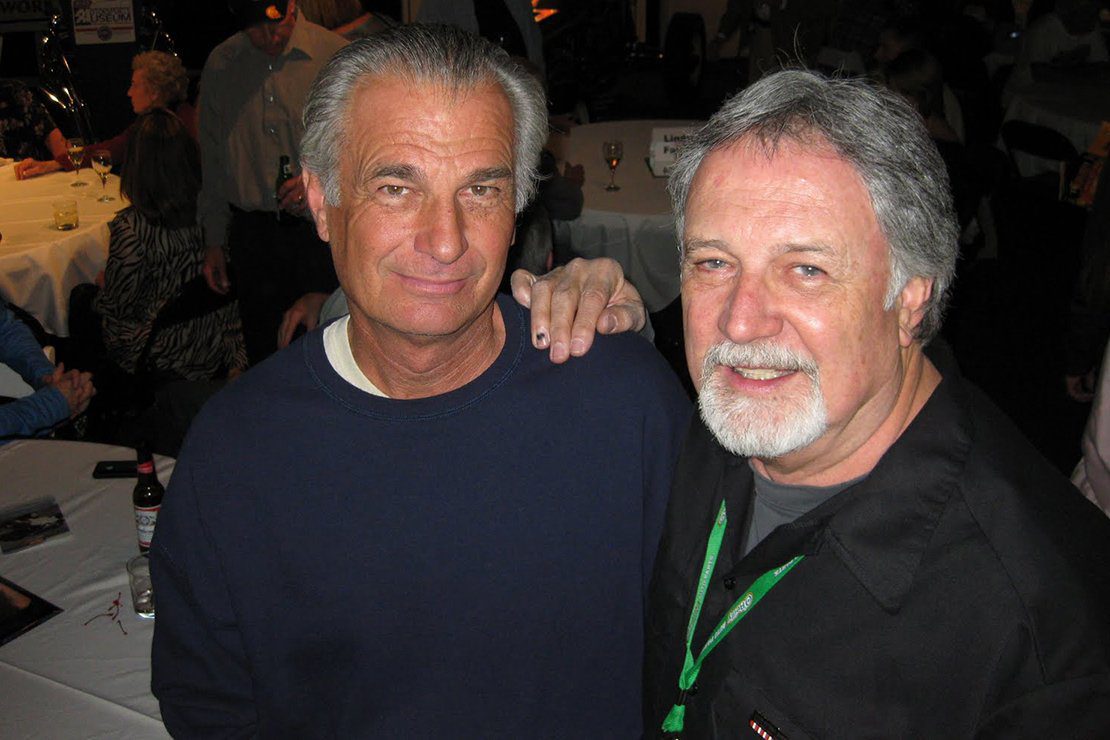
Nor can one overstate the impact of Pete’s black-flamed, full-fendered, chopped ’34 Ford coupe. The R&C cover caught the attention of movie producer Howie Horowitz, who had been searching for a car to play opposite Martin Sheen in a made-for-TV film, “The California Kid.” Horowitz Called Chapouris and the car was cast as Sheen’s co-star, rocketing it to prominence across the country and further fueling the blossoming street rod movement.
Chapouris sold Pete & Jake’s in 1987 and took a position as VP of marketing at SEMA, where he created the Street Rod Equipment Association. As successful as Chapouris was at SEMA, he was drawn back into car building, forming the Pete Chapouris Group in 1995. 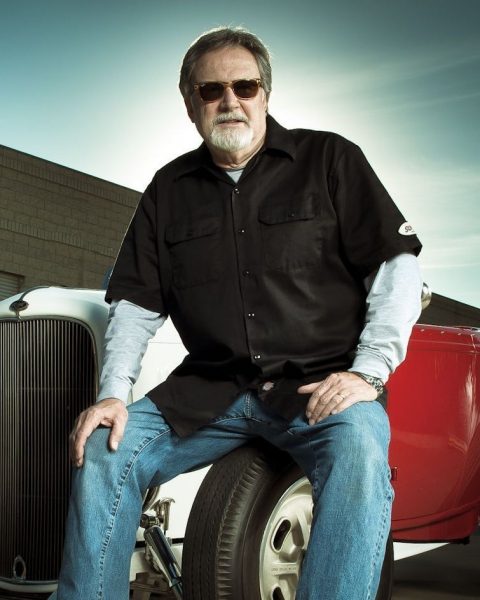 The Group’s goal was simple: build and restore world-class hot rods. And few did it better. Projects included restoration of the famed Pierson Brothers’ coupe, the McGee highboy, the Duffy Livingston Eliminator, and the So-Cal Speed Shop lakester. For Billy Gibbons of ZZ Top, he built the born-to-be-wild HogZZilla custom Harley and the Kopperhead ’51 Ford three-window coupe.
The Group’s goal was simple: build and restore world-class hot rods. And few did it better. Projects included restoration of the famed Pierson Brothers’ coupe, the McGee highboy, the Duffy Livingston Eliminator, and the So-Cal Speed Shop lakester. For Billy Gibbons of ZZ Top, he built the born-to-be-wild HogZZilla custom Harley and the Kopperhead ’51 Ford three-window coupe.
Proving that his gift of branding matched his talent for design, in 1997 Chapouris pitched industry legend Alex Xydias with the notion of the re-introducing the So-Cal Speed Shop brand to a new generation of rodders. (Astute readers will recall that Xydias opened the original So-Cal Speed shop in Burbank in 1946.)
Again, Chapouris demonstrated his Midas touch. The endeavor was a home run from the get-go, turning a near-forgotten name into a must-have brand for in-the-know rodders. What began as a lone shop in Pomona grew into multiple outlets across the country. Soon, So-Cal Speed Shop apparel was as ubiquitous at hot rod shows as lawn chairs.
Industry insiders and journalists alike universally admired Chapouris. who passed away in 2017 at age 76. Former Hot Rod magazine feature editor and car designer Thom Taylor was effusive in his praise:
“Pete was one of those rare individuals who looked at hot rodding as a business but made it personal through his projects and enthusiasm,” Taylor said. “He created two businesses that are still going strong today. And while he encouraged moving forward with styles, ideas, and plans, he kept mostly to traditional practices, parts, and principles.
 Fittingly, automotive historian Tony Thacker first met Pete Chapouris in 1978 on California’s Highway 99 en route to a rod run. “Pete was respected because he’d grown up in the business, built his first hot rod in high school, knew his stuff, and went on to build a string of iconic, influential hot rods. Above all he was genuine, and it was that sincerity that he wore like Joseph’s coat of many colors. He was a friend and mentor to me and many, many others”
Fittingly, automotive historian Tony Thacker first met Pete Chapouris in 1978 on California’s Highway 99 en route to a rod run. “Pete was respected because he’d grown up in the business, built his first hot rod in high school, knew his stuff, and went on to build a string of iconic, influential hot rods. Above all he was genuine, and it was that sincerity that he wore like Joseph’s coat of many colors. He was a friend and mentor to me and many, many others”
Thacker and Taylor also agreed on one the thing: Pete Chapouris is and will be sadly missed.

